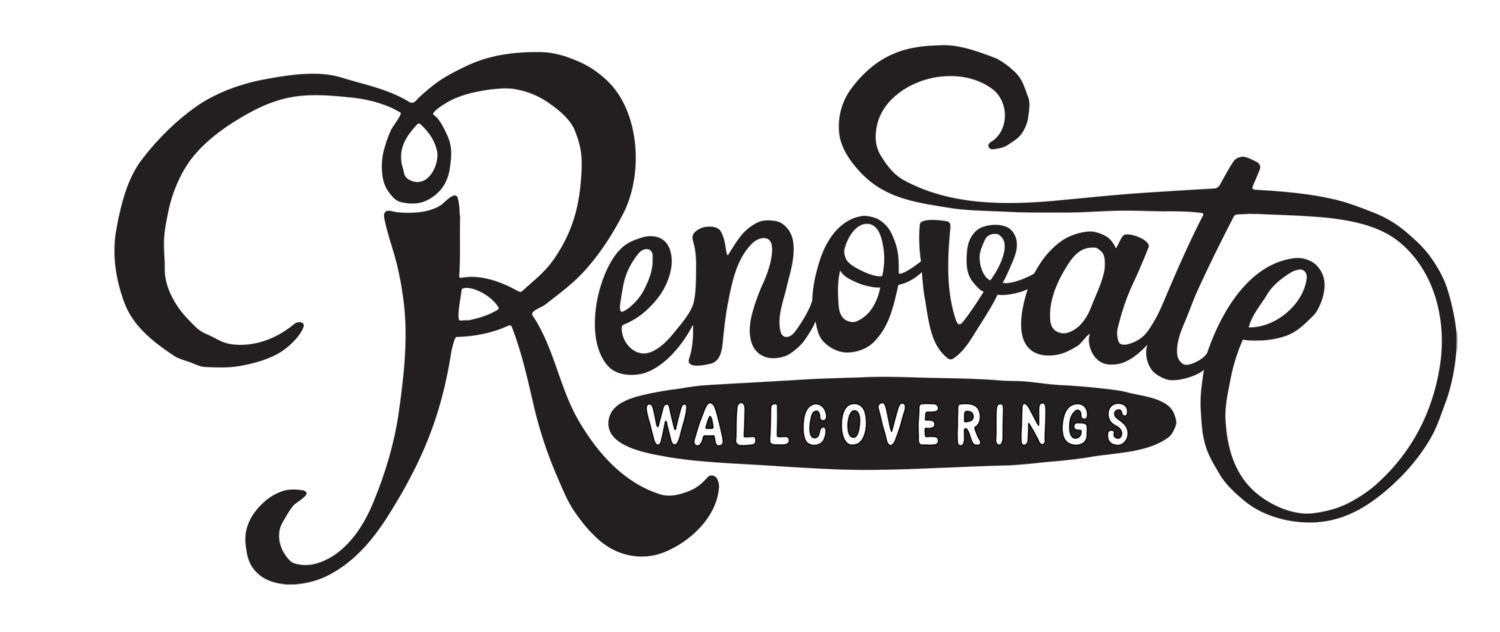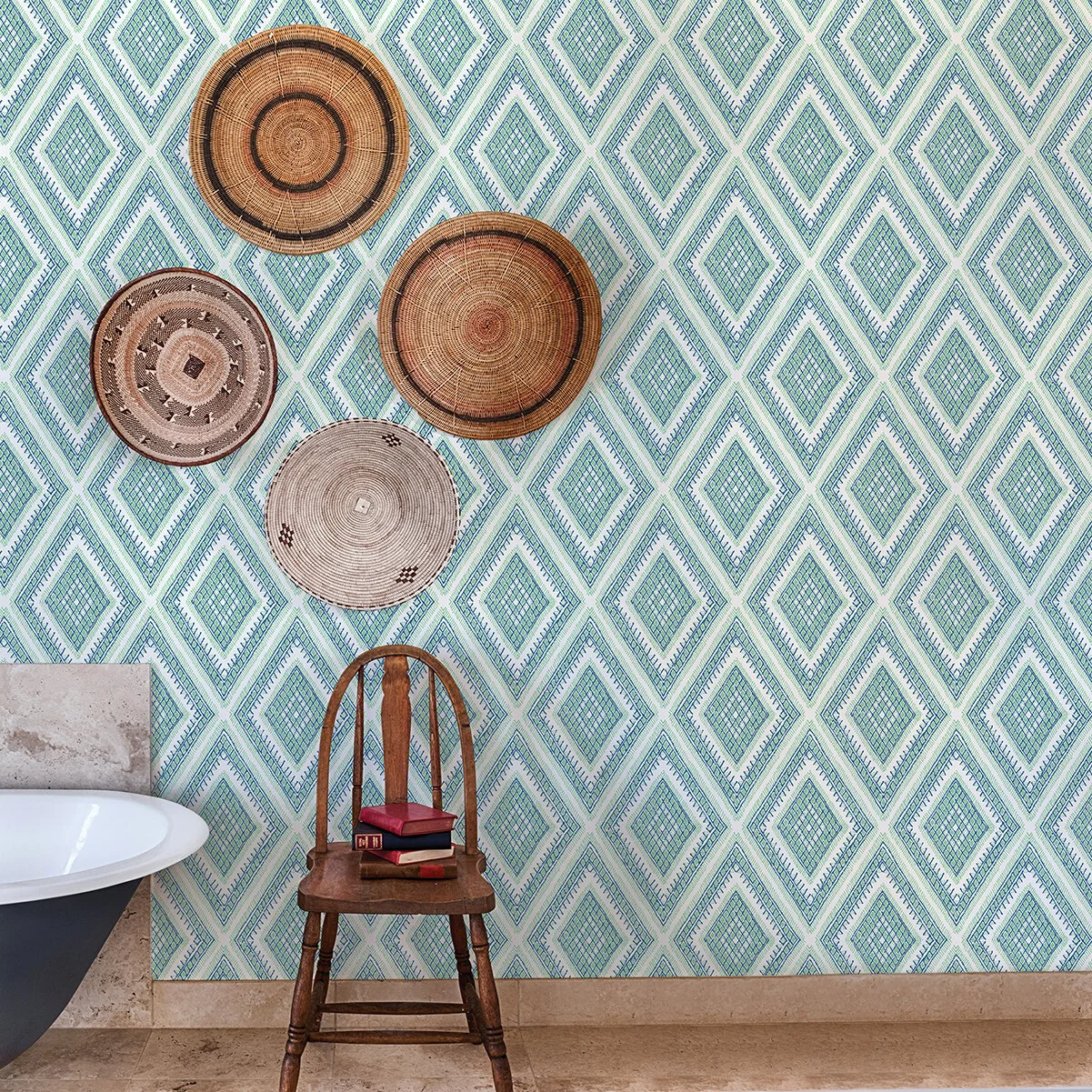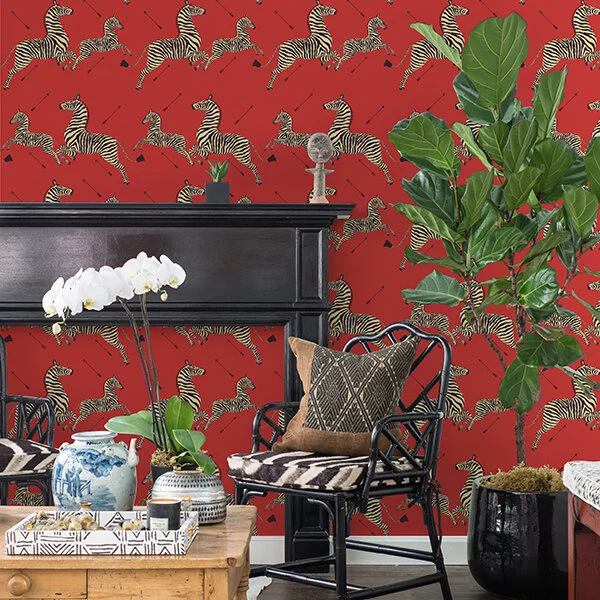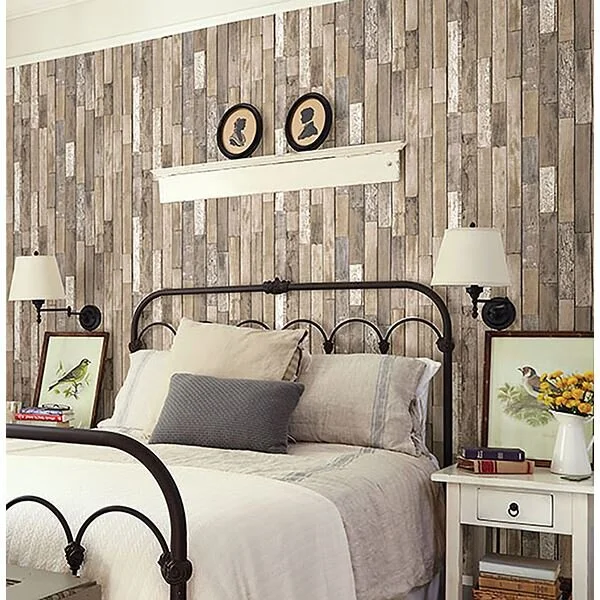What’s the difference between transitional and traditional? Boho vs. glam? If you’ve started dipping your toe into the interior design waters and are feeling a little lost, don’t stress! We’re here to help with a little introduction to several popular décor styles with our Interior Design Styles Cheat Sheet.
While this is by no means a comprehensive list, these are the design styles that are requested most often in our shop.
ART DECO
Opulence and glamor rules in this throwback design trend, reminiscent of the 1920s a la the Great Gatsby. Art Deco is shorthand for Arts Décoratifs, which utilizes geometric patterns, rich colors and detail-rich design work to bring decadence to a space.
Achieve this look by:
1. Embracing bold colors, such as bright and deep reds, greens, blues, pinks, and yellows with touches of black, chrome and gold
2. Incorporate symmetrical, geometric patterns into wallcoverings, pillows, artwork, bedding, etc.
3. Choosing opulent materials for accessories, such as gold, silver, and glass
4. Utilizing curvaceous furniture in rich textures, such as velvet
BOHEMIAN
Leave your worries behind with globally-inspired home decor that evokes a sense of freedom and stress-free living. Bohemian design focuses on an eclectic mix of new and old pieces (that are often flea market finds and travel treasures) that blend with natural elements, such as botanicals and wicker.
Achieve this look by:
Scoping out your local thrift store for eclectic and unique pieces
Utilizing bright jewel tones, such as reds, purples, and blues as well as earth tones
Layering similar patterns, like rugs or floor cushions
Picking wallpapers that feature tribal or tropical patterns
COASTAL
Coastal decor helps you add breezy ocean vibes to your space, but you can leave the seashells, fish and wall-to-wall anchor prints behind. Instead, focus on choosing more subtle beachy elements to your space to create a soft, clean aesthetic.
Achieve this look by:
Choosing natural, organic decor pieces, like driftwood accents and wicker furniture
Incorporating soft, beachy hues like tans, whites, and blues in textiles
Using grasscloth, tropical or faux wood wallpaper through the space
ECLECTIC
If you want your personality to shine in your home, incorporating eclectic design is a sure fire way to do it! The best part about this design style is that the rules don’t apply - consider this your chance to go wild! This style also celebrates mixing and matching through different colors, patterns, and even decades, so there are no limits beyond your own imagination.
Achieve this look by:
Mixing patterns purposefully by choosing different patterns in the same color palette to ensure balance
Using things in an unconventional way, like vintage trunks as a coffee table or using wallpaper on your ceiling
Finding inspiration globally, whether its from personal travels of your own or you love of a different culture
INDUSTRIAL
Industrial style refers to the fuss-free, no-nonsense decor style that draws inspiration from the look of old warehouses and factories. It celebrates everything rugged, vintage, and raw about design.
Achieve this look by:
Choosing textiles such as distressed leather and cowhide prints in monochromatic, neutral colors
Utilizing exposed metal and rustic wood furniture pieces with clean lines throughout the space
Embracing exposed elements like open ductwork or pipes, but faking it until you make it with faux brick or metallic wallpaper if you’re stuck in the ‘burbs
Ensuring an open, airy layout to make spaces look larger and be reminiscent of the industrial era
MODERN FARMHOUSE
Arguably the most popular design style through the past few years, farmhouse decor is inspired by the countryside and reminiscent of simpler times. It helps create a cozy, warm atmosphere that helps us reconnect to the land.
Achieve this look by:
Utilizing a neutral color palette, including pale shades of grey, beige, taupe and white
Incorporating different textures like chunky knits, linen and burlap
Blending old and new elements such as mixing distressed, antique furniture along with newer pieces or using vintage milk jugs as vases
Adding a shiplap wallpaper accent walls throughout your home
MID-CENTURY MODERN
The mid-century modern design movement spanned from the 1930s to the mid-1960s and has persisted throughout the decades - and for good reason, we might add. It’s defined by uncluttered, clean lines, minimal ornamentation, gender neutrality and high functionality which all contribute to its undeniably timeless appeal.
Achieve this look by:
Choose wallpapers with clean lines that feature geometric shapes
Let real wood furnishings take center stage. Pro Tip: Scour thrift stores, flea markets and estate sales for authentic, midcentury pieces that are high on quality but low on cash
Combine darker, neutral tones with saturated accent colors such as teals and oranges
SCANDANAVIAN
Scandanavian design is clean, crisp, and minimalistic but certainly not boring! It emphasizes simplicity and function while using a blend of textures and soft, calming hues to make a space feel warm and inviting.
Achieve this look by:
Minimizing furnishings and clutter for the bright, open, airy feel that’s pivotal to this design style
Incorporating hygge, a Danish word that roughly translates to coziness via things that bring a sense of comfort to your home, such as soft blankets, scented candles, and cozy throw pillows
Bringing nature inside with wallpaper that not only features an organic pattern, but is eco-friendly and sustainable
TRANSITIONAL
Transitional design is a happy medium between modern and traditional design, blending elements of both throughout a space to create a cohesive design in one room. Transitional decor keeps the classic lines of traditional styles, but the colors and furnishings tend to skew a bit more modern all while maintaining a sense of elegance.
Achieve this look by:
Strive for a muted color palette that features neutral tones, such as taupe, gray, beige and black
Incorporate multiple textural elements such as wood, glass, fabric, and metal to marry the new and old
Pick wallpapers that feature elegant geometric trellis patterns or relaxing, understated botanical prints
TRADITIONAL
The traditional interior design style is draws inspiration from 18th and 19th century European decor and is a timeless style that is the embodiment of elegance and warmth. While it features ornate furniture and accessories, the traditional style still maintains a sense of calm, symmetry and order.
Achieve this look by:
Spotlight classic art pieces and antiques that are rich with history to add personality to the space
Select a warm, rich color palette, using tones like blues, greens and reds frequently
Consider dramatic, floor-to-ceiling window treatments that are a signature staple of the traditional design style
Choose wallpapers featuring stripes, florals or damask prints










